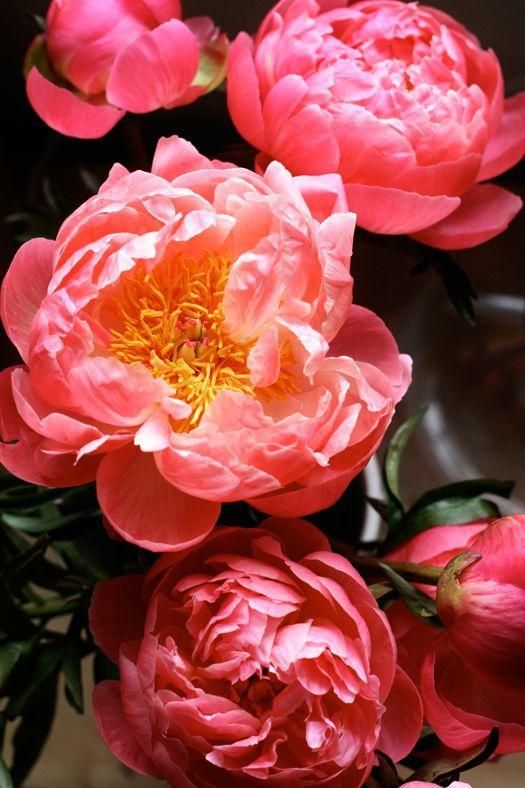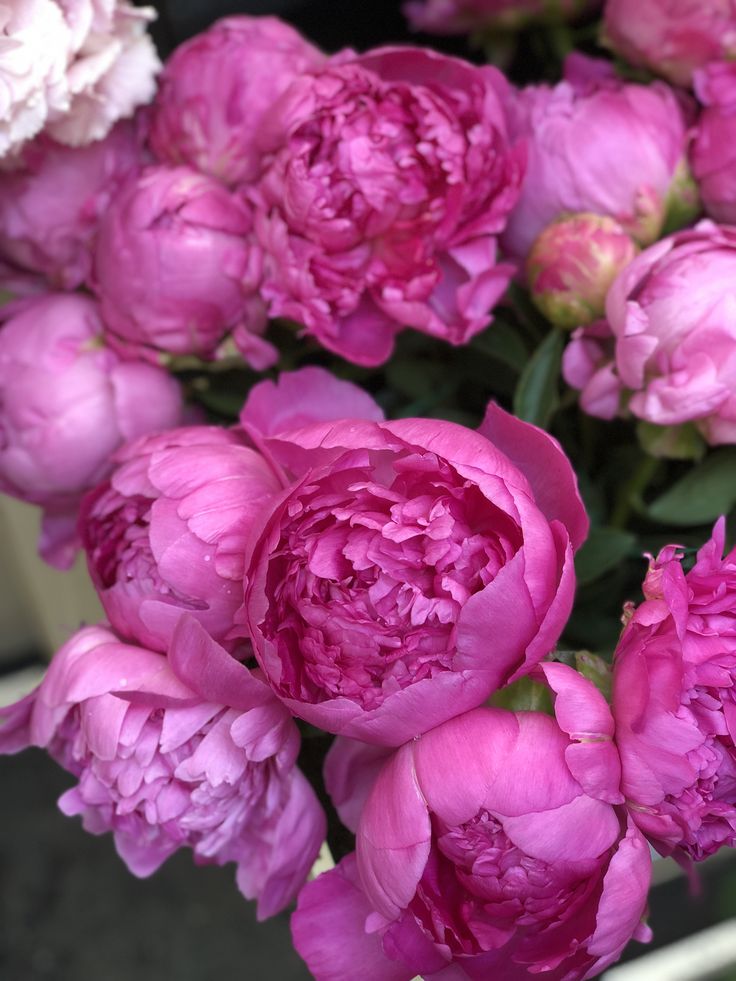In a world where water scarcity and environmental sustainability are increasingly pressing concerns, xeriscaping offers a practical and eco-friendly approach to landscaping that prioritizes water conservation and resource efficiency. Derived from the Greek word “xeros,” meaning dry, xeriscaping is a landscaping method that focuses on designing beautiful, low-maintenance gardens that require minimal water and maintenance. By incorporating drought-tolerant plants, efficient irrigation techniques, and water-smart design principles, you can create a xeriscape garden that not only thrives in arid or semi-arid climates but also reduces water consumption, minimizes maintenance, and enhances the beauty and biodiversity of your outdoor space. In this comprehensive guide, we’ll explore the principles, benefits, and best practices for designing a xeriscape garden for water conservation, from selecting the right plants to implementing sustainable irrigation systems and creating a resilient and vibrant landscape that flourishes in dry conditions.










Understanding Xeriscape Gardening Principles
Xeriscape gardening is based on seven key principles that guide the design and implementation of water-efficient landscapes:
- Planning and Design: Start by assessing your site conditions, including soil type, sunlight exposure, slope, and existing vegetation, to determine the most suitable plants and design elements for your xeriscape garden. Consider factors such as water availability, climate, and local regulations when planning your landscape layout and selecting plant species.
- Soil Improvement: Amend and improve your soil quality to enhance water retention, drainage, and root growth. Incorporate organic matter, such as compost, mulch, or aged manure, into the soil to improve its structure, fertility, and moisture-holding capacity.
- Appropriate Plant Selection: Choose drought-tolerant, native, and climate-appropriate plants that are well-adapted to your local growing conditions and require minimal supplemental irrigation once established. Select a diverse mix of plants with varying heights, colors, textures, and bloom times to create visual interest and habitat diversity.
- Efficient Irrigation: Use water-efficient irrigation techniques, such as drip irrigation, micro-sprinklers, or soaker hoses, to deliver water directly to the root zone of plants and minimize evaporation, runoff, and water waste. Install a smart irrigation controller or rain sensor to adjust watering schedules based on weather conditions and plant needs.
- Mulching: Apply a layer of organic mulch, such as wood chips, bark, or straw, to the soil surface around plants to conserve moisture, suppress weeds, and regulate soil temperature. Mulching helps retain soil moisture, reduce evaporation, and improve overall soil health and fertility.
- Practical Turf Areas: Minimize or eliminate traditional turf grass areas in favor of low-water alternatives, such as native grasses, groundcovers, or artificial turf, to reduce water consumption, mowing, and maintenance requirements. Use turf grass sparingly in functional areas or high-traffic zones where it serves a practical purpose.
- Appropriate Maintenance: Adopt sustainable maintenance practices, such as proper pruning, weeding, and fertilizing, to promote healthy plant growth and conserve water. Avoid overwatering, fertilizing, or applying pesticides, herbicides, or chemical additives that can harm soil and water quality.
Designing Your Xeriscape Garden
Follow these steps to design and create a xeriscape garden that thrives in dry conditions and conserves water:
- Site Assessment: Assess your garden site to evaluate factors such as soil type, sunlight exposure, slope, and drainage patterns. Identify microclimates, shade sources, and potential water sources to inform your design decisions and plant selections.
- Water Budget: Determine your water budget and available water resources, including rainfall, irrigation, and supplemental watering. Calculate water requirements based on plant needs, soil conditions, and climate data to ensure efficient water use and conservation.
- Plant Selection: Choose drought-tolerant, native, and climate-appropriate plants that are well-suited to your site conditions and water availability. Select plants with low water requirements, deep root systems, and natural adaptations for surviving dry conditions, such as succulents, cacti, ornamental grasses, and Mediterranean herbs.
- Grouping and Zoning: Group plants with similar water needs together in hydrozones or planting zones to create efficient irrigation zones and minimize water waste. Arrange plants according to their height, spread, and growth habits, leaving space for airflow, access, and future growth.
- Hardscape Features: Incorporate hardscape features, such as pathways, patios, retaining walls, or decorative rocks, to add structure, texture, and visual interest to your xeriscape garden. Use permeable materials, such as gravel or permeable pavers, to allow rainwater to infiltrate the soil and reduce runoff.
- Efficient Irrigation System: Install a water-efficient irrigation system, such as drip irrigation or micro-sprinklers, to deliver water directly to the root zone of plants and minimize water waste. Group plants with similar water needs together and use smart irrigation controllers or moisture sensors to optimize watering schedules and conserve water.
- Mulching and Soil Amendment: Apply a layer of organic mulch, such as wood chips, bark, or straw, to the soil surface around plants to conserve moisture, suppress weeds, and improve soil health. Amend and improve your soil quality with organic matter, compost, or soil conditioners to enhance water retention, drainage, and fertility.
- Seasonal Interest: Select plants with varying bloom times, foliage colors, and textures to create year-round interest and visual appeal in your xeriscape garden. Incorporate seasonal plants, such as spring bulbs, summer perennials, fall foliage, and winter berries, to create dynamic and ever-changing garden displays.
Maintaining Your Xeriscape Garden
Follow these maintenance tips to keep your xeriscape garden healthy, vibrant, and beautiful year-round:
- Watering: Water plants deeply and infrequently to encourage deep root growth and drought tolerance. Monitor soil moisture levels regularly and adjust watering schedules based on weather conditions, plant needs, and seasonal fluctuations.
- Mulching: Refresh mulch regularly to maintain a consistent layer and maximize moisture retention, weed suppression, and soil insulation. Apply mulch to a depth of 2-4 inches around plants, leaving a gap between the mulch and plant stems to prevent moisture-related issues.
- Pruning and Deadheading: Prune plants as needed to remove dead, damaged, or diseased foliage and promote healthy growth and flowering. Deadhead spent flowers regularly to encourage continuous blooming and prevent seed formation.
- Weeding: Control weeds regularly to prevent competition for water, nutrients, and space and maintain a tidy and well-groomed appearance. Hand-pull weeds or use natural weed barriers, such as landscape fabric or cardboard, to suppress weed growth and minimize maintenance.
- Fertilizing: Use organic fertilizers or soil amendments sparingly to provide essential nutrients for plant growth and maintain soil fertility. Avoid overfertilizing or applying chemical additives that can harm soil and water quality and disrupt natural ecosystems.
- Monitoring and Troubleshooting: Monitor your xeriscape garden regularly for signs of pests, diseases, nutrient deficiencies, or environmental stress. Inspect plants for pest damage, wilting, yellowing leaves, or other symptoms, and take corrective action promptly to prevent further damage or spread.
Conclusion
Designing a xeriscape garden is an opportunity to create a sustainable and resilient landscape that conserves water, minimizes maintenance, and enhances the beauty and biodiversity of your outdoor space. By incorporating drought-tolerant plants, efficient irrigation techniques, and water-smart design principles, you can create a vibrant and thriving garden oasis that flourishes in dry conditions and supports a healthy and sustainable ecosystem. Whether you’re gardening in a hot, arid climate or facing water restrictions and conservation challenges, xeriscaping offers a practical and eco-friendly solution for creating beautiful, low-maintenance landscapes that thrive with minimal water input. By following the principles, tips, and best practices outlined in this guide, you can design and create a xeriscape garden that reflects your unique style, values, and commitment to environmental stewardship.
FAQs (Frequently Asked Questions)
- What are the benefits of xeriscaping?
- Xeriscaping offers several benefits, including reduced water consumption, lower maintenance requirements, enhanced biodiversity, improved soil health, and increased resilience to drought, heat, and environmental stress. By incorporating drought-tolerant plants, efficient irrigation techniques, and water-smart design principles, xeriscaping allows you to create beautiful, sustainable landscapes that thrive with minimal water input.
- Can I xeriscape my entire yard?
- Yes, you can xeriscape your entire yard or property by replacing traditional turf grass areas with drought-tolerant plants, groundcovers, hardscape features, and water-efficient irrigation systems. Xeriscaping allows you to create a cohesive and cohesive landscape design that reflects your personal style, values, and environmental goals while conserving water, reducing maintenance, and enhancing the beauty and biodiversity of your outdoor space.
- What types of plants are suitable for xeriscaping?
- Suitable plants for xeriscaping include drought-tolerant, native, and climate-appropriate species that are well-adapted to your local growing conditions and water availability. Examples of xeriscape plants include succulents, cacti, ornamental grasses, Mediterranean herbs, and native wildflowers. Choose plants with low water requirements, deep root systems, and natural adaptations for surviving dry conditions to create a resilient and water-efficient landscape that thrives with minimal water input.